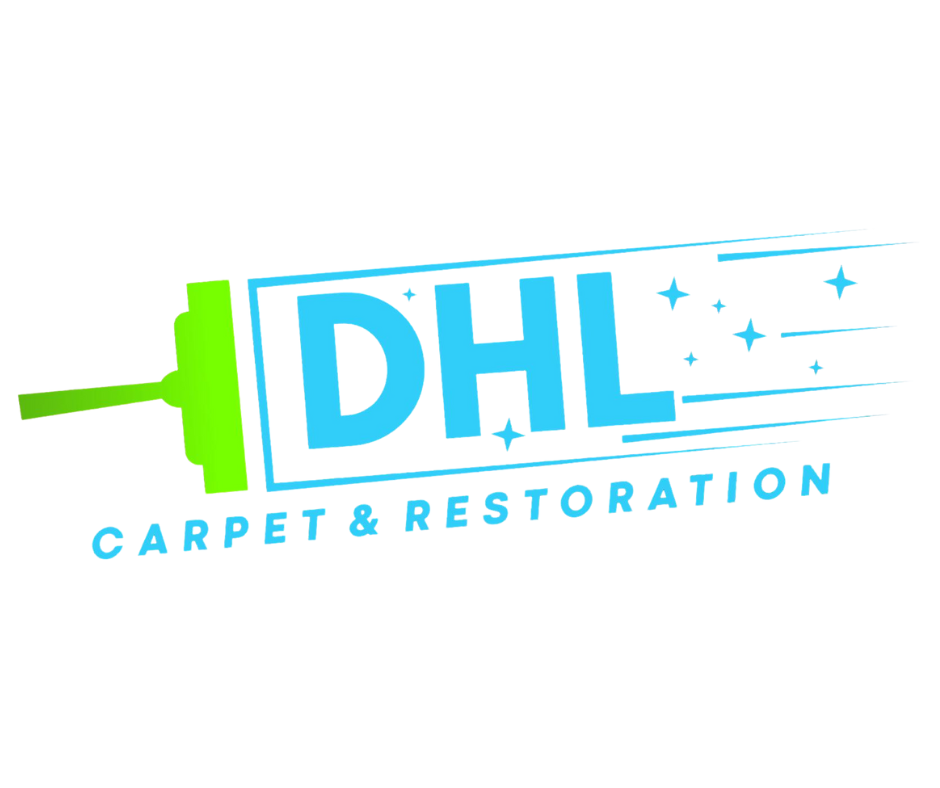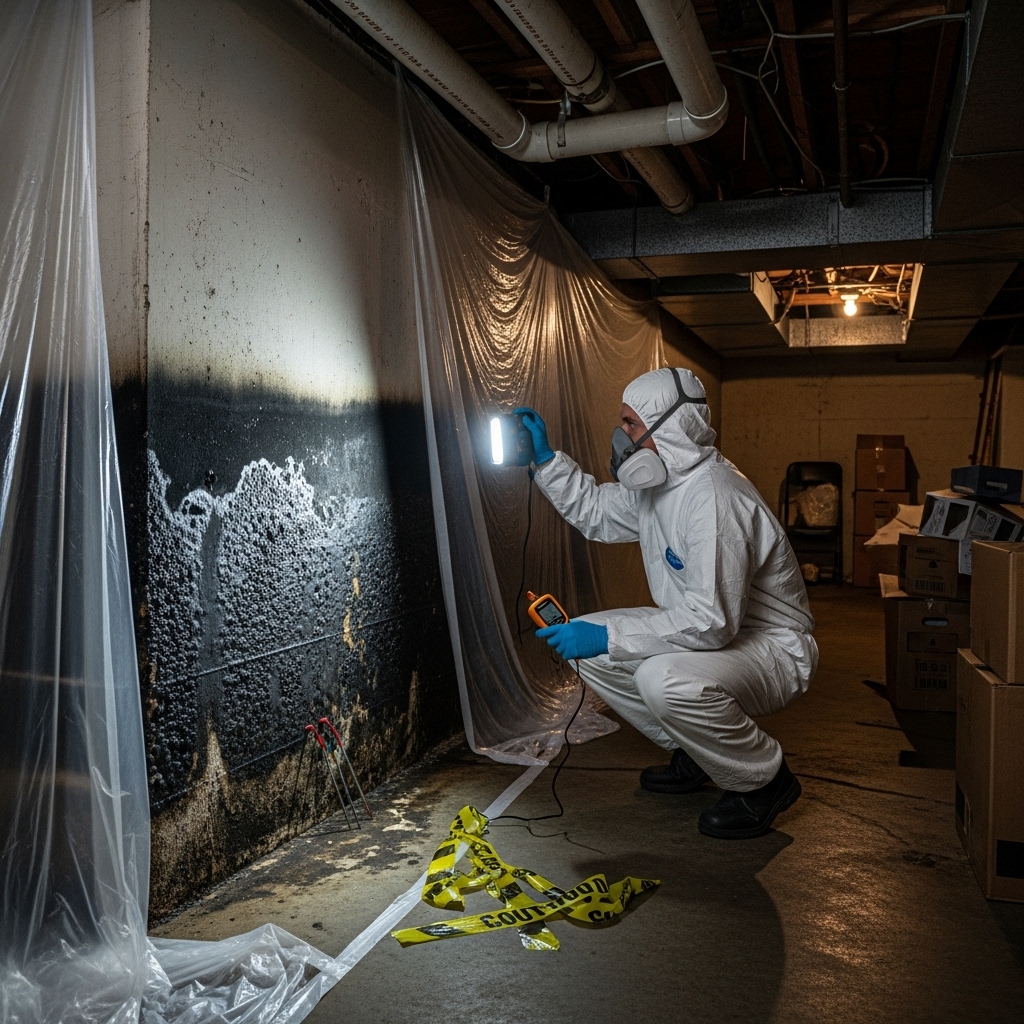Black Mold Concerns in New Jersey: Practical Steps and Health Context
Few phrases alarm homeowners like “black mold.” In practice, visible dark growth can involve several mold types, and the color alone does not determine health risk or the best corrective action. What matters most is moisture control, careful assessment, and a plan grounded in building science and recognized safety practices. If you want guidance from trained professionals familiar with New Jersey homes, explore qualified mold inspection services and compare their processes and reporting.
New Jersey’s climate, coastal storms, and prevalence of basements and crawl spaces create conditions where mold can develop when moisture is not managed. A focused inspection helps distinguish between superficial discoloration and more serious growth needing containment and removal.
Understanding “Black Mold”
The term often refers to Stachybotrys chartarum, a mold that can grow on wet, cellulose-rich materials over time. However, many molds can appear dark. Because visual identification is unreliable, inspectors base decisions on moisture conditions, material damage, and, when warranted, targeted sampling to support the remediation plan.
Health Context Without Alarm
Sensitive individuals may experience symptoms when exposed to elevated indoor mold and dampness, including irritation or aggravation of asthma. The best way to reduce risk is to remove the conditions that support growth and to clean or replace affected materials safely. An inspection provides the roadmap to do this effectively by first locating and correcting the moisture source.
Steps in a Black Mold Inspection
- History and concerns: Discuss past leaks, floods, odors, or occupant symptoms.
- Exterior review: Check drainage, gutters, siding, and roof transitions where wind-driven rain can intrude.
- Interior walk-through: Document staining, warping, peeling paint, and areas with musty odors.
- Moisture mapping: Use meters and thermal imaging to locate damp materials and hidden leaks.
- HVAC review: Evaluate filtration, cleanliness, and condensate management.
- Sampling when appropriate: Air or surface samples may support decisions, especially for hidden issues or post-remediation verification.
- Report and plan: Clear recommendations address both the source of moisture and safe treatment or removal of affected materials.
When to Consider Containment
If the inspection finds significant growth on porous materials or work will disturb impacted areas, containment helps prevent cross-contamination. The report should specify containment type, negative pressure setup if needed, and personal protection for workers following current industry practices.
Common Locations for Dark Growth in NJ Homes
- Basements and crawl spaces with high humidity or recurring seepage
- Attics with poor ventilation or bath fans exhausting into the space
- Bathrooms with inadequate exhaust and persistent condensation
- Window sashes and sills where condensation collects
- Behind furniture against exterior walls in cool seasons
Remediation Principles
- Source control first: Fix leaks and manage humidity before removal.
- Assess materials: Porous items with extensive growth are often removed; non-porous surfaces can frequently be cleaned.
- Cleaning methods: HEPA vacuuming and damp wiping with appropriate solutions are common; aggressive methods should be justified by the extent and location of growth.
- Drying and verification: Confirm materials are dry to target levels and complete a visual cleanliness check; testing may be recommended in specific scenarios.
New Jersey Climate and Seasonal Factors
Summer humidity, spring rains, and fall storms drive much of the moisture stress in New Jersey homes. Basement dehumidification, effective drainage and gutter maintenance, and diligent use of bath and kitchen exhaust fans are routine defenses. Shore properties may require special attention to wind-driven rain and elevated humidity even during shoulder seasons.
What Testing Can and Cannot Do
Testing supports decisions but does not replace a thoughtful visual and moisture assessment. Air samples provide a snapshot of airborne spores; surface samples identify the types of mold on materials. Neither test fixes the problem by itself. The inspection links test data to building conditions and a remediation plan.
Mid-Inspection Adjustments
Discoveries during an inspection may prompt additional steps, such as opening small access points to evaluate wall cavities, adding targeted samples, or revisiting the attic after airflow issues are identified. Communicate openly about why scope changes are recommended. Reviewing the methodology of established mold inspection services can help you feel confident about the approach.
Protecting Occupants During Work
- Plan containment when removing or cleaning significant growth.
- Use appropriate filtration and avoid spreading dust.
- Schedule work to minimize disruption; sensitive individuals may choose to avoid the area during active removal.
Preventing Recurrence
- Control indoor humidity with dehumidifiers and ventilation.
- Maintain gutters, downspouts, and grading for reliable drainage.
- Seal air leaks that move moist indoor air into cold attics or wall cavities.
- Address bathroom and kitchen exhaust so moisture leaves the building envelope.
Frequently Asked Questions
Q: Is all black-looking mold dangerous?
A: Color alone is not a reliable indicator. Risk depends on moisture conditions, material involvement, and exposure. The best response is to fix the moisture problem and follow an appropriate remediation plan.
Q: Should I test first or fix moisture first?
A: Fix moisture as soon as possible. Testing is most useful to answer specific questions, validate air quality, or verify results after remediation.
Q: Can I clean small areas myself?
A: Small, isolated areas on non-porous surfaces can sometimes be cleaned by homeowners using safe methods. Larger or uncertain situations should be evaluated by a professional who can recommend containment and proper procedures.
Q: Do I need to vacate the home?
A: For most inspections and many remediation projects, full vacating is not required. Sensitive individuals may opt to avoid areas during active work; your inspector can advise based on scope.
Q: Why does growth keep returning in my bathroom?
A: Persistent humidity and inadequate exhaust are common reasons. Improving ventilation, sealing grout and caulk, and maintaining target humidity levels are key steps.
Confidence Through a Clear Plan
Effective black mold inspection is about clarity and control—understanding the moisture source, gauging material involvement, and executing a safe, verifiable plan. If you need experienced help in New Jersey, reach out to trusted mold inspection services for an assessment and a tailored roadmap to restore healthy conditions.

